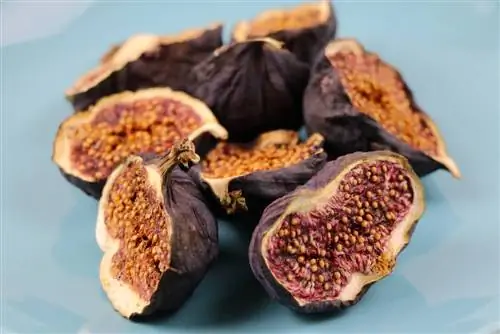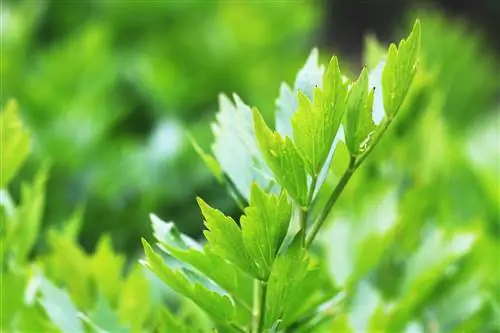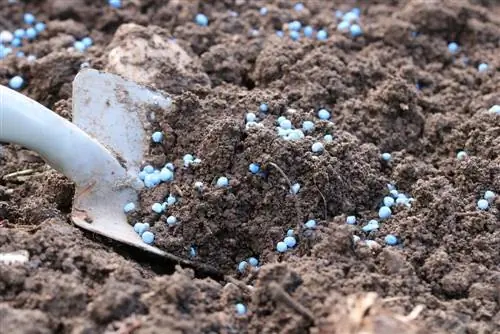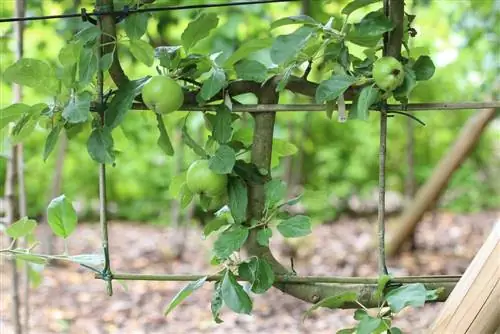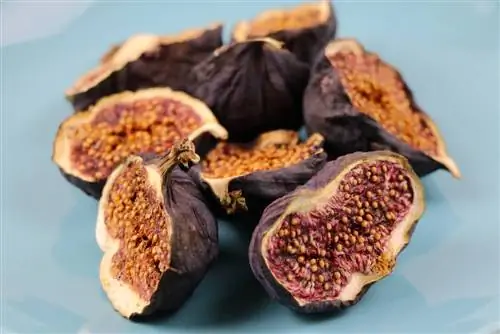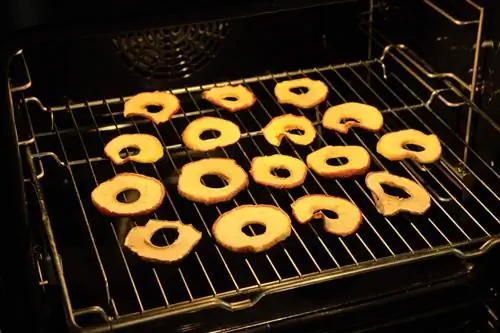- Author admin [email protected].
- Public 2023-12-17 03:39.
- Last modified 2025-01-24 12:45.
Preserving fruit by drying it is an ancient technique. Thousands of years before our era, people almost everywhere in the world used them to eat fruit not only in summer, but also in the barren winter. As a rule, a so-called kiln was used, a drying oven that was specially designed for this purpose. Nowadays, there are automatic dehydrators available in specialist stores that make drying child's play. Of course, you don't have to buy a new device. Oven or microwave will work too.
Why dry fruit?
By drying fresh fruit and removing the water it naturally contains, you have three main advantages. On the one hand, this means that the fruits last much longer. The removal of water prevents or delays the formation of rot. At the same time, the relative fructose content increases, which has a preservative effect. It is difficult to say how long the individual fruits actually last. This essentially depends on the type of fruit and the degree of drying. As a general rule, however, it can be said that dried fruit can be kept for several months if properly packaged. After the harvest in the fall, it will definitely get you through the winter. Another advantage is that the fruits simply taste sweeter, fruitier and overall more intense after drying. Ultimately, dried fruits are also he althier because drying increases their mineral and vitamin content. In addition, most types of dried fruit are also incredibly rich in fiber and stimulate digestion.
Which fruits dry?
The various types of fruit that now grow in our gardens are suitable for drying in different ways. There are absolutely no problems with the following varieties or species:
- Apples
- Pears
- Figs
- Plums
- Grapes
- Apricots
Tip:
Always dry the fruit immediately after harvesting and do not store the fruit temporarily. This means that the vitamin content remains at a higher level.
Preparation
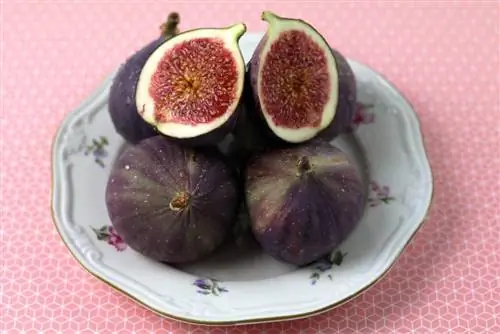
In order to dry fruit perfectly, a few small preliminary steps are required. Of course, it has to be harvested first. Then you should definitely wash it with clean water. Once this is done, all fruits are peeled and any seeds removed. It is strongly recommended to cut larger fruits such as apples or pears into thin slices. The thinner the slices are, the easier and quicker they are to dry. If you want your dried fruit to look fresh and tempting, soak the fresh fruit briefly in diluted lemon juice before drying.
Oven drying
If you don't have a dehydrator and don't want to buy one, it's best to use the oven in the kitchen to dry the fresh fruit. A so-called circulating air stove is really perfect for this, as it allows the warm air to constantly circulate in the tube. The whole thing also works relatively easily with simple bottom and top heat. Of course, temperature is of great importance. It should be on the lowest setting of the oven, which is usually 50 degrees Celsius. Under no circumstances should this temperature exceed 50 degrees, otherwise there is a risk that the fruit will not be dried but baked. When drying, proceed as follows:
- lay several layers of baking paper on the oven tray to catch the moisture
- distribute the cut fruits on top and make sure that they don't stick to each other
- Always leave the oven door open a small gap, for example by clamping a wooden spoon, so that the moisture can escape
- turn the fruit about every 15 minutes
It is not possible to say in general terms how long the fruits have to dry. The only thing that usually helps here is to test the degree of dryness by hand every now and then. A shriveled surface of some fruits is also an indication that most of the water has escaped from it. This is particularly true for grapes, plums and apricots.
Drying in the microwave
After the dehydrator and the oven, the microwave is the third best option for drying fruit sensibly and in a manageable amount of time. However, you should be aware that most of the vitamins and minerals are lost when drying with this device - at least significantly more than in the oven. How to do it:
- first heat the fruit in the microwave at maximum power for about two minutes
- then open the door to let the moisture escape
- then leave the fruit in the microwave at the lowest setting for about 20 to 30 minutes
- Open the door briefly every two to three minutes to extract moisture
The importance of moisture removal during drying should definitely not be underestimated. This applies to the oven as well as the microwave. If you don't open the door regularly and the moisture remains in the device, the fruit will be cooked but not really dry.
Outdoor air drying
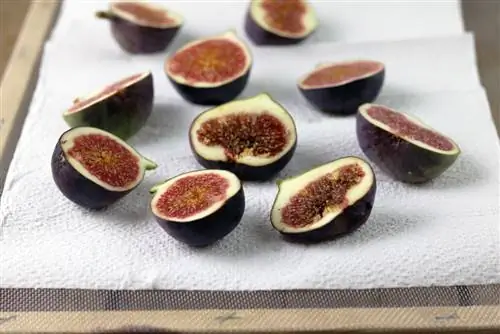
Regardless of whether it is an oven or a microwave - if fruit is too dry in these devices, it always results in high power consumption. This is neither good for your wallet nor for the environment. If you want to save money and protect nature, you can resort to good old air drying outdoors. However, you should be aware that this method takes a lot of time. In addition, the fruits must be well protected from birds and insects. Overall, air drying is therefore not necessarily recommended.
After drying
Dried fruits are best stored well packaged and protected. Plastic bags or plastic containers are particularly suitable as packaging. Metal cans, on the other hand, are less good because there is a risk that the remaining fruit acid will react with the metal. Dried fruits can be used in a variety of ways. They taste just as good as a sweet snack or as a fruit addition to muesli. But the fruits can also be easily used for baking. However, it is advisable to first soak the dried fruit in water. This ensures the juiciness that is needed for a delicious cake, for example, without reducing the sweetness and intense taste.

